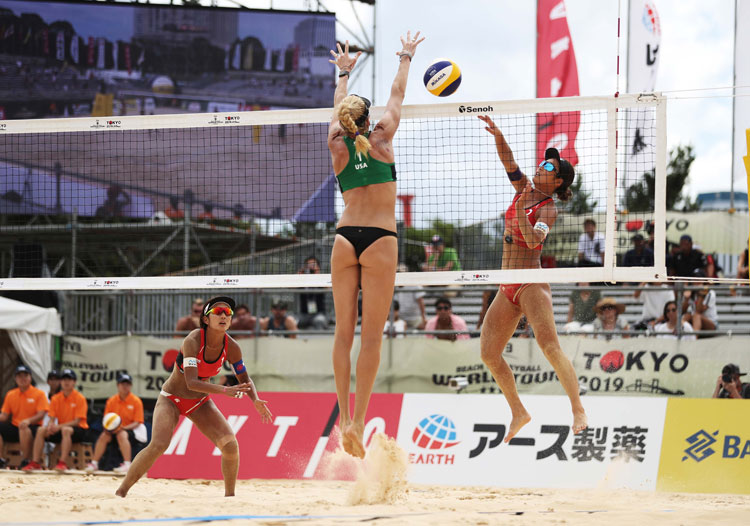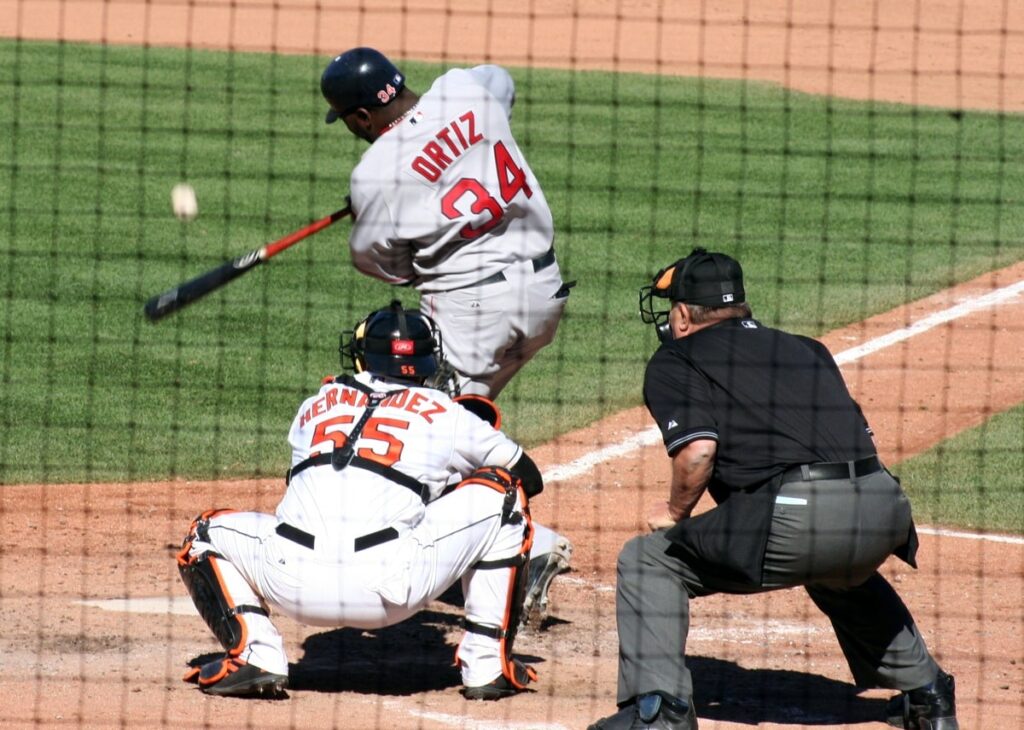
In Kendo, not only the accuracy of techniques, but also the smoothness of footwork is extremely important.
Footwork is the basis for increasing mobility in attack and defense, and for appropriately controlling the distance to the opponent.
Effective footwork not only determines the outcome of a match, but is also the key to improving the strength and precision of your techniques.
In this article, we will start with the basics of footwork in Kendo, explain specific practice methods, and provide tips for both beginners and experienced practitioners to hone their techniques.
Increase your confidence and skill in competitions by mastering kendo footwork.
目次
Basics of footwork in Kendo
Footwork in Kendo is extremely important for increasing the effectiveness of attacks while maintaining flexibility in defense.
The basics of footwork focus on the ability to move quickly while maintaining a stable posture.
-
Foot position : Basically, place your left foot behind you and your right foot in front of you. It is important to keep your feet in a nearly straight line at all times and to maintain a certain distance between them. All movements start from this basic posture.
-
Movement method : In Kendo footwork, a movement method called “suriashi” is common. Suriashi is a technique that allows the feet to glide without ever leaving the floor, allowing for quiet and quick position changes. When moving forward, move your right foot first; when moving backward, move your left foot first.
-
Maintaining the center of gravity : The center of gravity should remain constant during movement. If your center of gravity is too high, you will easily lose your balance, and if it is too low, your movements will be sluggish. Kendo recommends a slightly lower, more stable center of gravity, which allows for faster movements.
-
Foot Speed and Rhythm : Foot movement is key when transitioning into an attack or changing position. Moving your feet with a consistent rhythm and speed is directly linked to effective attack and defense.
-
Coordination between body and feet : Footwork is not just about moving the feet, it is linked to the movement of the body. When performing striking techniques or defensive movements, it is important that the direction of the body and the position of the feet are in harmony.
By learning these basics, you can maximize the effectiveness of your footwork in Kendo and increase the accuracy and effectiveness of your techniques.
Stable footwork is the foundation not only for the success of techniques, but also for the smooth flow of the entire match.

How to practice footwork
In order to improve footwork in Kendo, there are practice methods that can be practiced by everyone from beginners to experts.
Below are some effective ways to practice footwork.
-
Basic shuriashi practice :
- Move from one end of the dojo to the other with a slither step. At this time, move forward and backward by sliding your feet without taking them off the floor, and try to move quietly without making any noise. It’s important to maintain accuracy in your form while gradually increasing your foot speed.
-
Shadowing :
- Even if you don’t have a partner, pretend you’re fighting an imaginary opponent and practice your footwork, incorporating offensive and defensive movements. This allows your body to naturally learn the movements of your feet in actual combat.
-
Drill with obstacles :
- Use obstacles (such as cones or shinai placed on the ground) to practice footwork while avoiding them. This helps develop foot agility and reaction speed to respond to unexpected movements.
-
Rhythm practice :
- Use a metronome and music to move your feet in time with the rhythm. This improves your ability to move in a consistent rhythm and improves your timing during matches.
-
Continuous hit combinations :
- Through drills that combine multiple hitting techniques, you will practice changing positions quickly between techniques. This exercise allows for a smooth transition from attack to defense and improves footwork application.
By practicing these practices regularly, you will naturally acquire the speed, accuracy, and effective movement of your Kendo footwork, which will greatly improve your performance in matches.

Common footwork problems and solutions
In Kendo, footwork is the basis of techniques and is essential for effective competition.
However, many swordsmen face various problems with their footwork.
Below are some commonly seen problems with kendo footwork and solutions to overcome them.
-
Problem: My legs feel heavy.
- Solution : The main reason why your feet feel heavy is a lack of physical strength or muscle weakness. Regular strength training such as running and squats strengthens the muscles in your legs and supports light movement.
-
Problem: slow footwork
- Solution : Sprint sprints and agility drills are effective ways to increase your footwork. Also, by doing speed training that incorporates actual Kendo movements, your leg movements will naturally become faster.
-
Problem: Inaccurate spacing
- Solution : In order to get the correct distance, it is important to always be aware of the distance between you and your opponent. Practice with a partner to try out attacks and defenses from various distances and practice finding the best position.
-
Problem: Easy to lose balance
- Solution : To improve your balance, you need to strengthen your core. We perform core training such as planks and crunches to develop the ability to maintain a stable posture. It is also effective to train with a balance ball that is designed to mimic the movements of Kendo.
-
Problem: Poor foot form
- Solution : To maintain proper foot form, practice in front of a mirror. By objectively observing your own movements and figuring out areas for improvement, you can learn to use your feet appropriately. Receiving regular feedback from your instructor is also essential for improving your form.
By understanding and practicing these problems and solutions, you can maximize the effectiveness of your footwork in Kendo and aim to improve your overall technique.

Exercises to feel the effects of footwork
Improving your footwork in Kendo can greatly improve your performance in matches and training.
Below, we will introduce specific exercise methods that will help you feel the effects of footwork.
-
Continuous attack exercise :
- Continuous attack practice is a practice in which you perform multiple strikes quickly during an attack. This exercise requires effective footwork to quickly transition from one strike to the next. This allows for increased maneuverability and continuity during attacks.
-
Reposition drill :
- This is a drill that allows you to defend by predicting your opponent’s attacks and quickly changing your position. In this exercise, you will practice the technique of using your sliding feet to quickly move left and right, front and back, and dodge your opponent’s attacks. The speed and accuracy of footwork here directly improves defensive effectiveness.
-
Practice of time adjustment :
- We practice in a manner similar to actual combat and find the optimal distance between you and your opponent. By using your footwork to finely adjust the distance to your opponent, you can easily control the timing of your attacks. Through this exercise, you will realize the importance of strategic footwork.
-
Reaction speed training :
- In this training with a partner, you practice footwork that instantly responds to your partner’s movements. For example, by repeating movements that require quick reactions, such as retreating or moving to the side the moment your opponent launches an attack, you will improve your ability to respond in a match.
-
Endurance exercises :
- Footwork stamina is important during long training sessions and consecutive matches. Practice footwork for long periods of time to strengthen your endurance. This exercise is effective for maintaining accurate and quick movements even when fatigue accumulates.
Through these exercises, you can experience the effects of improving your footwork in Kendo and increase your ability to apply it in actual combat.
Effective footwork not only increases the success rate of attacks, but also improves safety when defending, contributing to the improvement of overall kendo technique.

Footwork strengthening training to improve your Kendo skills
In order to improve your performance in Kendo, training that specializes in and strengthens your footwork is extremely effective.
The following methods will increase your footwork speed, accuracy, and endurance.
-
Ladder training :
- This drill uses an agility ladder to improve footwork accuracy and speed. Moving quickly between the ladders makes your foot movements fast and precise, which directly benefits Kendo’s surashi-ashi. Incorporate a variety of patterns (forward, lateral, diagonal) into your practice.
-
Interval sprint :
- Interval sprints, in which you run short distances at high speeds, are effective at increasing explosive power and speed in your legs. For Kendo, the ability to move quickly in short moments is important, and this training leads to improved reaction speed and stamina.
-
Training with a balance board :
- Standing and moving on a balance board will help stabilize your legs and strengthen your core. Kendo footwork requires good balance, and this training increases your ability to control the subtle movements of your feet.
-
Shadow boxing :
- Shadow boxing, which imitates Kendo movements, develops a sense of rhythm and coordination of footwork. Practicing attack and defense movements in the absence of an opponent will improve the flow and natural movement of your footwork.
-
Pyrometric training :
- Pyrometric training to increase jumping power (e.g., box jumps and skipping) improves the explosive power of the legs. This is important to support quick footwork in kendo and powerful advances during attacks.
By combining these training methods, you can significantly improve the quality of your footwork in Kendo.
Practicing these exercises regularly and testing their effects in actual practice or competitions will be a shortcut to improving your skills.

summary
Footwork in Kendo greatly affects the performance of a match, so practicing and improving it is extremely important in improving a swordsman’s overall technique.
This article starts with the basics of kendo footwork, includes effective practice methods, common problems and their solutions, exercises to experience the effects of footwork, and specialized training to strengthen footwork. I have explained extensively.
By mastering the basics of footwork and practicing various training methods, you will improve your attack and defense mobility in Kendo, and your performance in matches will be greatly improved.
In addition, by incorporating advice to deal with specific problems, you can overcome the shortcomings of individual techniques and improve your overall technique.
Improvement in Kendo can only be achieved through daily accumulation and continuous effort, so it is important to implement these practice methods regularly and constantly aim for self-improvement.
Mastering footwork is the foundation of the many skills in Kendo, and mastering it will directly lead to improving the technique of Kendo as a whole.





